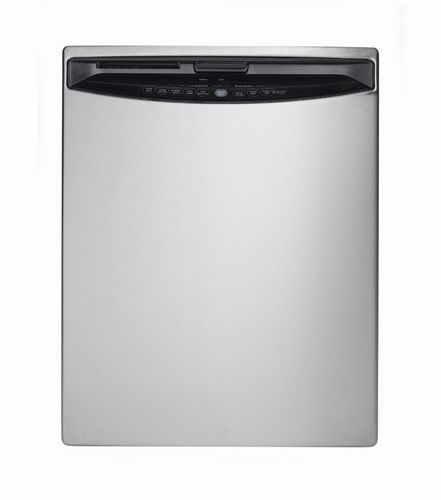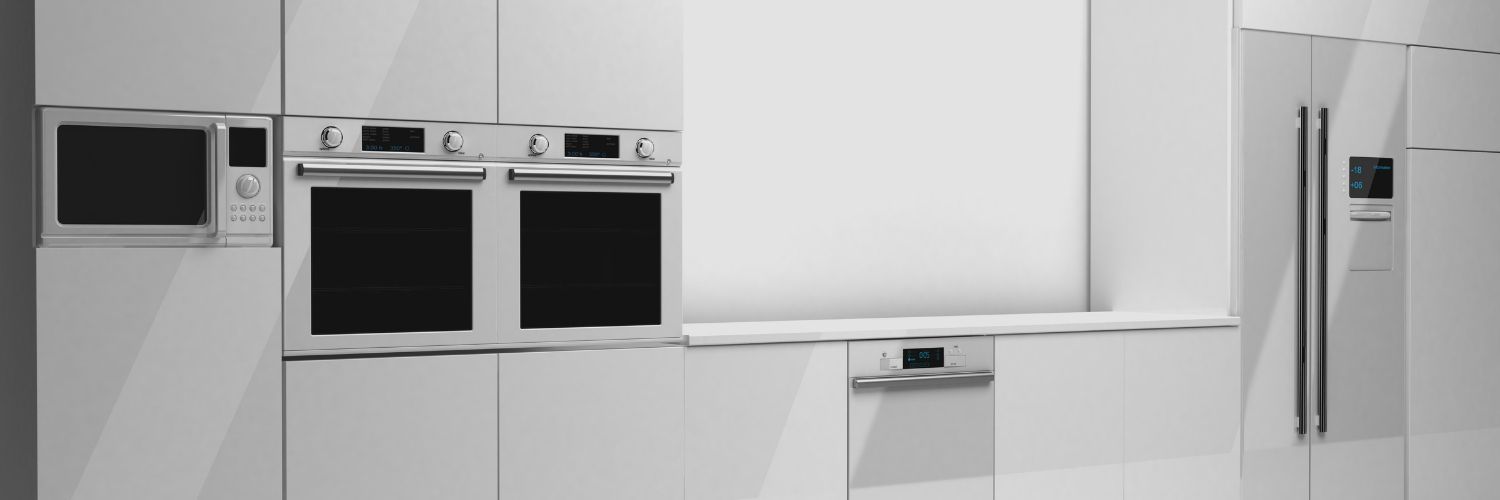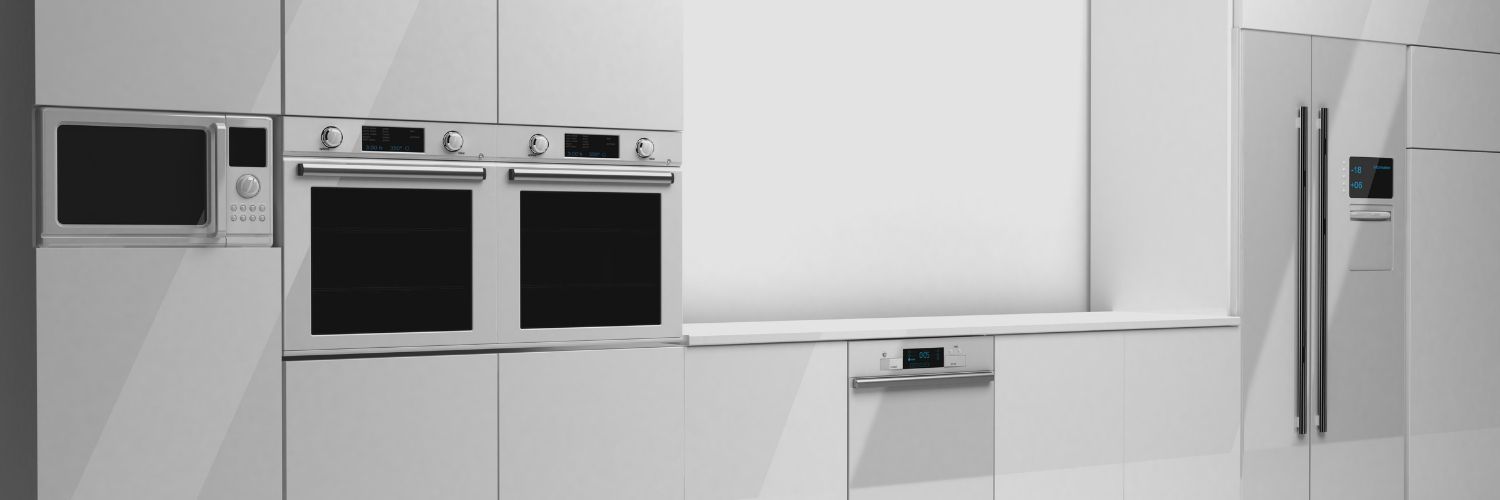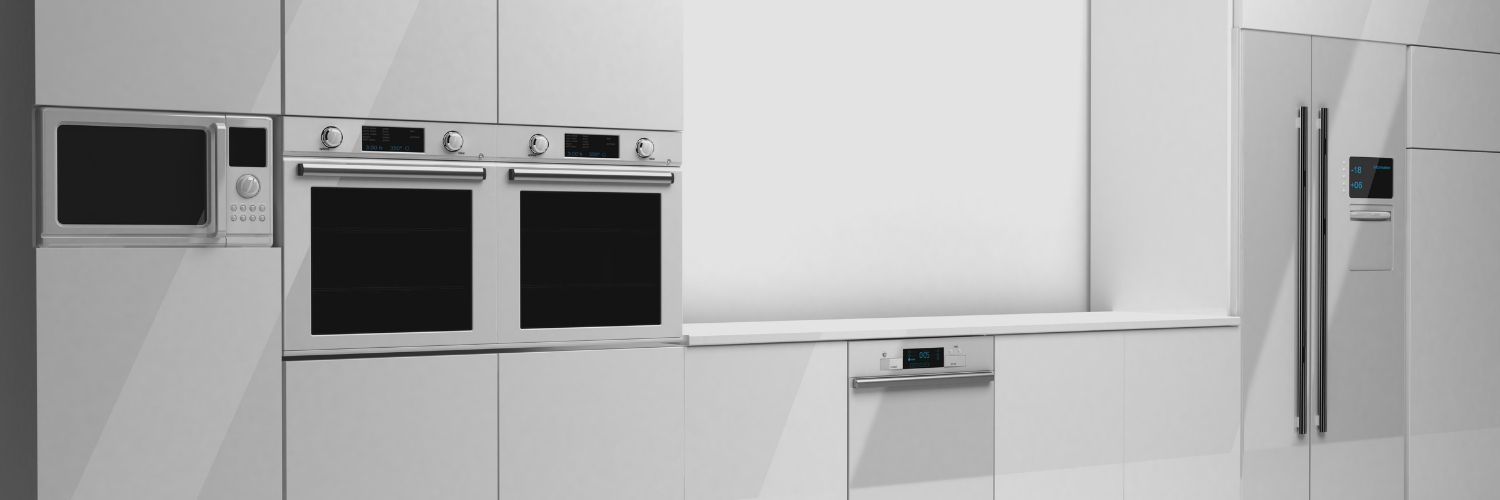Whirlpool Dishwasher Troubleshooting: Say Goodbye to Dirty Dishes
Are you tired of opening your Whirlpool dishwasher only to find that your dishes are still dirty? You're not alone!

Many Whirlpool dishwasher owners have experienced this frustrating problem. But worry not; we'll teach you how to troubleshoot your Whirlpool dishwasher and get your dishes sparkling clean again!
Step 1: Check for Proper Loading
Before diving into technical issues, let's make sure you're loading your dishwasher correctly. Overloading or improper loading can prevent the water from reaching all the dishes. Ensure no dishes are blocking the spray arms and that they're placed in proper racks.
Step 2: Inspect the Spray Arms
Spray arms play a crucial role in cleaning your dishes. If they're clogged with food particles or debris, they can't effectively distribute water. To fix this, gently remove the spray arms and clean them with a soft brush or sponge under running water. Make sure to clear all the holes and reinstall the spray arms.
Step 3: Clean the Filter
A clogged filter can hinder water circulation, leading to less effective cleaning. To clean the filter, remove it from the dishwasher's bottom and rinse it under running water. Use a soft brush to clean any debris trapped in the filter mesh. Reinstall the filter and make sure it's properly locked in place.
Step 4: Examine the Detergent Dispenser
If your detergent dispenser isn't functioning correctly, your dishes won't get clean. Check if the dispenser is empty, clogged, or damaged. If it's clogged, clean it with a damp cloth. If it's damaged, you may need to replace it.
Step 5: Verify the Water Temperature
Your dishwasher's water temperature should be between 120°F and 150°F for optimal cleaning. You can test the temperature by running the hot water at the sink nearest to your dishwasher for a few minutes. Use a thermometer to measure the water temperature. If it's too low, you may need to adjust your water heater settings.
Step 6: Inspect the Water Inlet Valve
A malfunctioning water inlet valve can cause your dishwasher to not fill with enough water, leading to less efficient cleaning. To check the valve's functionality, consult your dishwasher's manual for information on performing a diagnostic test. If the inlet valve is malfunctioning or damaged, it may need to be replaced.
Step 7: Consider a Professional Repair
If the steps above didn't solve your dishwasher's cleaning issues, it's time to consult a professional. An experienced appliance repair technician can diagnose and resolve complex problems, ensuring your Whirlpool dishwasher is running at peak performance.
Conclusion:
Keeping your Whirlpool dishwasher in top shape can be achieved with proper maintenance and troubleshooting. With these helpful tips, you're well on your way to consistently clean, sparkling dishes. Say goodbye to the woes of dirty dishes, and enjoy the convenience that your Whirlpool dishwasher provides!


